Significance
Ji’an’s Qingxiu Yuan, Taiwan’s most well-preserved Japanese Shingon Buddhist temple, played an integral role in the development of Japanese immigrant enclaves during the Japanese colonial period in Taiwan. It was built in a traditional Japanese architectural style. The extended eave overhanging the front stairs, wooden veranda railings, the square hip roof, and wood components are all conventional Edo period stylistic elements. The temple possesses a number of well-preserved artifacts, such as its sacred shrines, Acala stone sculpture, marker stone (the Hyakudoishi Stone), and Mantra of Light stone stele. Qingxiu Yuan is therefore recognized as an important site for the experiential learning of religious history and culture in Hualien.
History
Originally known as the Yoshino Center for the Dissemination of Shingon Buddhism, Ji’an’s Qingxiu Yuan was an overseas branch of Kongobuji Temple of Koyasan, Japan. It served as a religious center for Japanese immigrants to Hualien during the years of the Japanese colonial period. In 1908, conflicts between the Amis indigenous people and Japanese police officials led to what was known as the Cikasuan Incident. In order to better control the situation, the Japanese established an immigrant village in the area and named it Yoshino in reference to the immigrants’ hometown. However, the newcomers had trouble adapting to Taiwan’s climate and living conditions, and so a religious outreach center was established in 1917 to provide spiritual support and comfort for the homesick settlers. In addition to providing religious services, the center also served as a facility for medical, educational, and funeral-related purposes. After 1945, the Yoshino Center was renamed Qingxiu Yuan, and the temple replaced Acala, the deity enshrined during the temple’s consecration, with Gautama Buddha and the Guanyin Bodhisattva. The village itself was renamed Ji’an in 1948. Qingxiu Yuan was officially designated a historical landmark in Hualien County in 1997. The temple was restored and re-opened, and now exhibits a total of eighty-eight Buddha statues of great historical, cultural, and religious value.
Special Features
1The Architectural Style Qingxiu Yuan’s Japanese style architecture is highly unusual in Taiwan. Like most Japanese buildings, it is mainly built of wood. At the front of the temple’s Main Hall, the roof has an extended eave which juts out over the stairs leading to the building. A veranda with a wooden railing wraps around the front and sides of the main hall. The building itself is three rooms wide and four rooms deep. The Main Hall is topped by a square hip-roof, with its four faces cased in corrugated steel sheeting. The main hall’s wooden components, such as the crossbeams connecting the pillars, the brackets, and the carved crossbeam extensions are typical architectural features of Japan’s Edo period.
Qingxiu Yuan’s Japanese style architecture is highly unusual in Taiwan. Like most Japanese buildings, it is mainly built of wood. At the front of the temple’s Main Hall, the roof has an extended eave which juts out over the stairs leading to the building. A veranda with a wooden railing wraps around the front and sides of the main hall. The building itself is three rooms wide and four rooms deep. The Main Hall is topped by a square hip-roof, with its four faces cased in corrugated steel sheeting. The main hall’s wooden components, such as the crossbeams connecting the pillars, the brackets, and the carved crossbeam extensions are typical architectural features of Japan’s Edo period.
2The Acala Stone Statue The statue of Acala located to the left of Qingxiu Yuan’s main hall is about a meter tall. Acala was the main deity enshrined in Qingxiu Yuan during the temple’s early years and is also known as the Immovable Dharma or Immovable Protector. As the leading deity of the Five Great Wisdom Kings, he protects the central axis of the five directions of Esoteric Buddhism. The statue’s powerful, angry facial expression reflects the wrathful aspect of Vairocana.
The statue of Acala located to the left of Qingxiu Yuan’s main hall is about a meter tall. Acala was the main deity enshrined in Qingxiu Yuan during the temple’s early years and is also known as the Immovable Dharma or Immovable Protector. As the leading deity of the Five Great Wisdom Kings, he protects the central axis of the five directions of Esoteric Buddhism. The statue’s powerful, angry facial expression reflects the wrathful aspect of Vairocana.
3The Mantra of Light Stone Stele Many tales are told about the the Mantra of Light stone stele, located at the end of Qingxu Yuan’s pathway. According to legend, undiagnosable or chronic illnesses could be cured through carrying out a specific worship ritual at this two-meter tall stele. The supplicant would circle the stele 108 times while chanting the Mantra of Light—“Namu daishi henjo kongo”—together with the abbot or a Buddhist teacher. Since the Mantra of Light is the most fundamental mantra of Shingon, or East Asian Esoteric Buddhism, a basic requirement of Shingon Buddhist practice is to chant the mantra a million times. This is believed to produce a powerful aura.
Many tales are told about the the Mantra of Light stone stele, located at the end of Qingxu Yuan’s pathway. According to legend, undiagnosable or chronic illnesses could be cured through carrying out a specific worship ritual at this two-meter tall stele. The supplicant would circle the stele 108 times while chanting the Mantra of Light—“Namu daishi henjo kongo”—together with the abbot or a Buddhist teacher. Since the Mantra of Light is the most fundamental mantra of Shingon, or East Asian Esoteric Buddhism, a basic requirement of Shingon Buddhist practice is to chant the mantra a million times. This is believed to produce a powerful aura.
4The Hyakudo Stone Standing right in front of the Main Hall, the Hyakudo Stone is less than a meter tall and serves as a marker stone for the temple. Walking back and forth between this stone and the main hall a hundred times is believed to complete a perfect cycle. In order to redeem a vow, believers are expected to travel a thousand times between the stone and the main hall in thanks for the blessings granted by the deities.
Standing right in front of the Main Hall, the Hyakudo Stone is less than a meter tall and serves as a marker stone for the temple. Walking back and forth between this stone and the main hall a hundred times is believed to complete a perfect cycle. In order to redeem a vow, believers are expected to travel a thousand times between the stone and the main hall in thanks for the blessings granted by the deities.
5The Eighty-Eight Stone Buddha Statues The eighty-eight stone statues placed along the walls of Qingxiu Yuan symbolize eighty-eight types of worries as well as eighty-eight kinds of power. During the Japanese colonial period, the founder and adherents of the Yoshino Center followed the precepts set forth by tantric master Kukai (774 – 835), the founder of Japanese Shingon Buddhism. At one point, they traveled throughout Japan’s Shikoku Island and visited eighty-eight temples there (the Shikoku Pilgrimage, a tradition among Japanese Esoteric Buddhists). To allow fellow believers to meet the requirements of the pilgrimage without having to make such a long and arduous journey, the pilgrims collected and consecrated smaller replica statues of the deities of the eighty-eight temples and transported them back to Qingxui Yuan.
The eighty-eight stone statues placed along the walls of Qingxiu Yuan symbolize eighty-eight types of worries as well as eighty-eight kinds of power. During the Japanese colonial period, the founder and adherents of the Yoshino Center followed the precepts set forth by tantric master Kukai (774 – 835), the founder of Japanese Shingon Buddhism. At one point, they traveled throughout Japan’s Shikoku Island and visited eighty-eight temples there (the Shikoku Pilgrimage, a tradition among Japanese Esoteric Buddhists). To allow fellow believers to meet the requirements of the pilgrimage without having to make such a long and arduous journey, the pilgrims collected and consecrated smaller replica statues of the deities of the eighty-eight temples and transported them back to Qingxui Yuan.
Reminders
Qingxiu Yuan is open from 8:30 a.m. to 5:00 p.m. It is closed every Monday. The temple hosts such events as the Qixi Festival (the Chinese version of Valentine’s Day), anniversary celebrations, homa dharma assemblies, and a bell tapping ceremony for year-end countdowns. Please visit Qingxiu Yuan’s official website for the latest information.
Panoramic
Directions